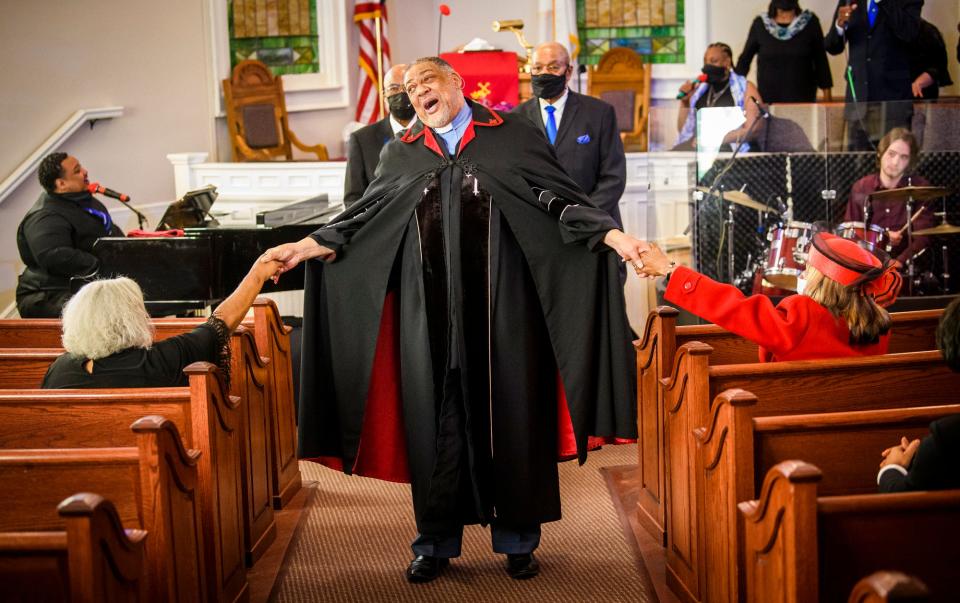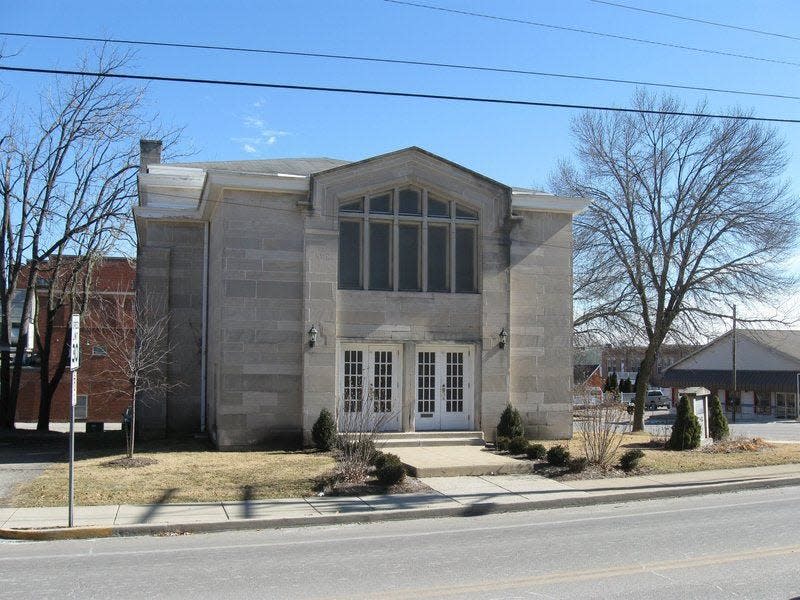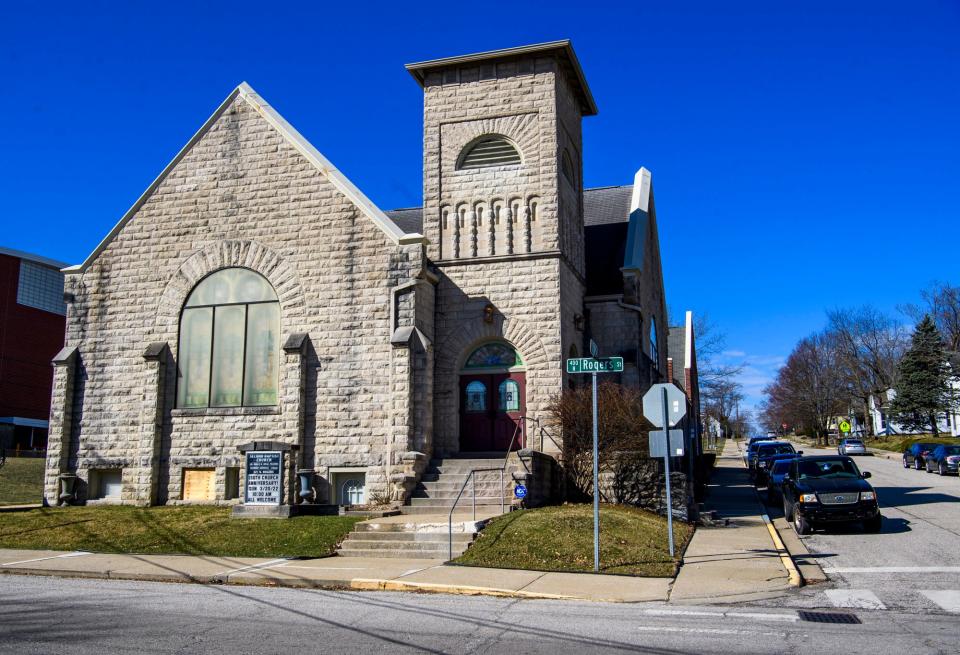What are the oldest churches in Bloomington, Indiana? Long history of community, refuge
Editor's note: In honor of Black History Month, The Herald-Times is publishing Black stories, both current and historical, throughout the month of February. A new installment will be published each weekday.

For many people, church is more than a place to worship. It's a community, where people gather with friends and neighbors for weekend cookouts and Sunday services. It can even be a calling, as many ministers and deacons would attest. And for some, especially Black congregants throughout American history, church can also be a place of refuge.
"You got to remember as we were growing up, church was the center of life. It was our social place. It was where we gathered because we could be somebody," the Rev. Bruce Rose told the Herald-Times in 2022. "Regardless of how much the world beat us down on the job or elsewhere, when we came to church, this was ours."
Because churches serve many roles, they are a persevering presence in a community — as long as its congregants are dedicated to keeping it alive.
Bethel African Methodist Episcopal Church and Second Baptist Church, two predominantly Black congregations in Bloomington, are among those that have stood the test of time. Their houses of worship have weathered well beyond 100 years ― with each church's actual origins predating their current physical structures.
Here's a brief look at how two of the oldest churches in Bloomington came to be.

Bethel A.M.E. Church
The Bethel African Methodist Episcopal Church is considered the oldest predominantly Black congregation in Bloomington, having been formally organized in 1870 by Rev. John W. Malong with congregants who migrated from surrounding states. For several decades, worship services were held in an old church building on West Sixth Street until the idea of a new site cropped up in the 1920s.
A new building on a new lot required a lot of money, placing considerable responsibility on congregants. Not ones to be deterred, they answered the call. One of the most unique fundraising efforts was from pianist Mattie Jacobs Fuller who took her portable Bilhorn organ to the streets. For several years, she moved her piano across the area, performing her favorite gospels for anyone inclined to drop a few coins into her "silver loving cup." Fuller played at any gathering, whether it was a large crowd at a county fair or a gaggle of picnic goers at a park. Wherever there was an audience, Fuller put on a show, eventually raising a considerable chunk of funds to cover the church's mortgage.
The whole series:Black History Month in Bloomington: what to know, where to go and who to follow
The church now stands at 302 N. Rogers St., where it has enveloped dedicated members and visitors alike for a century.

Second Baptist Church
Formed in 1872, Second Baptist initially didn't have a dedicated place of worship. Instead, members gathered in private homes for close to two decades until a building was erected in 1890.
In 1913, Second Baptist church moved into its current limestone citadel, designed by Samuel Plato, one of the most prolific Black architects of the early 1900s. The church members themselves donated the bulk of the money and labor required to construct the new building, even using a horse and wagon to haul limestone from the local quarry to the southwest corner of Bloomington's Eighth and Rogers streets. An architectural marvel in its time, the building is widely considered the first church built of stone by African Americans in Indiana.
In the over 100 years since, every visitor to Second Baptist has a story to tell — whether they recall the boisterous music, the energetic dancing in the aisles or the smell of cooking that wafts through the air.
For several decades, the church was helmed by the late Rev. Ernest Butler, a local Civil Rights activist who also advocated for a number of other social causes such as fair housing. Due to his influence and legacy, a city park bears Butler's name.
Many may want to know the secret to making a church last beyond a century. For the curious, there are two places on North Rogers Street that will gladly open their doors.
This article originally appeared on The Herald-Times: Two of Bloomington's oldest churches served mostly Black congregants

